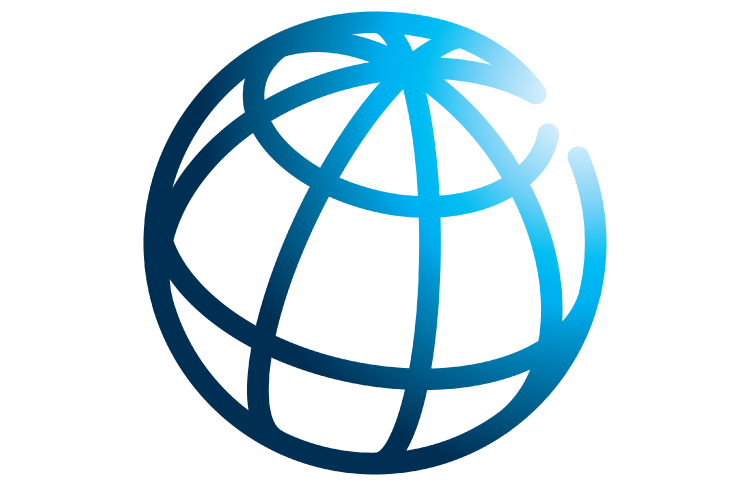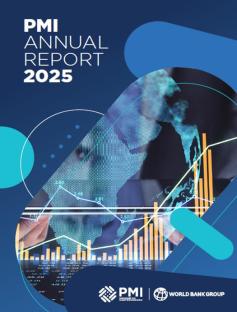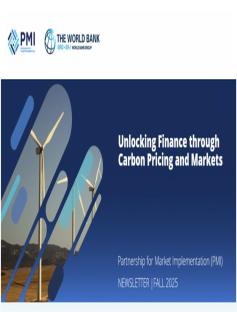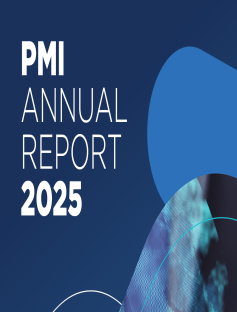Global carbon pricing revenues increased by 60% over past year, according to latest World Bank report
WASHINGTON, May 24, 2022—Global carbon pricing revenue in 2021 increased by almost 60 percent from 2020 levels, to around $84 billion, providing an important source of funds to help support a sustainable economic recovery, finance broader fiscal reforms, or invest in communities as part of the low-carbon transition future, according to the World Bank’s annual “State and Trends of Carbon Pricing” report released today.
The report, which presents the latest carbon pricing developments around the world, finds that there are 68 direct carbon pricing instruments operating today: 36 carbon taxes and 32 Emissions Trading Systems (ETSs). Four new carbon pricing instruments were implemented since the release of the 2021 State and Trends of Carbon Pricing report: one in Uruguay and three in North America (Ontario, Oregon, New Brunswick). Countries announcing plans for new carbon pricing policies include Israel, Malaysia, and Botswana.
Carbon prices hit record highs in many jurisdictions, including the European Union, California, New Zealand, the Republic of Korea, Switzerland and Canada. However, the report finds that less than 4 percent of global emissions are currently covered by a direct carbon price in the range needed by 2030 to meet the temperature goal of the Paris Agreement.
“The past year has seen some very positive signs, such as the significant increase in revenue that can be invested in communities and in supporting the low carbon transition. There is also good progress towards resolving cross-border issues related to carbon pricing and the adoption of new rules for international carbon markets that was agreed at COP26 in Glasgow, which helps set a clearer policy direction," said Bernice Van Bronkhorst, Global Director for Climate Change at the World Bank. “It is important now to build on this momentum and really ramp up both the coverage and the price levels to unlock the full potential of carbon pricing in supporting inclusive decarbonization.”
Key topics covered in the State and Trends of Carbon Pricing 2022 include cross-border approaches to carbon pricing, challenges and opportunities from rising energy prices, and new technologies and governance frameworks shaping carbon markets.
The report was launched at Innovate4Climate, the World Bank Group's flagship annual event on climate finance, investment, and markets, held virtually this year from May 24 to 26. Now in its sixth year, the conference brings together leaders from government, business, policy, and finance to discuss innovative climate finance solutions.
To read the report, click here.
To access the report series, click here.
Visit the Carbon Pricing Dashboard website for up-to-date information on existing and emerging carbon pricing initiatives around the world: https://carbonpricingdashboard.worldbank.org/




